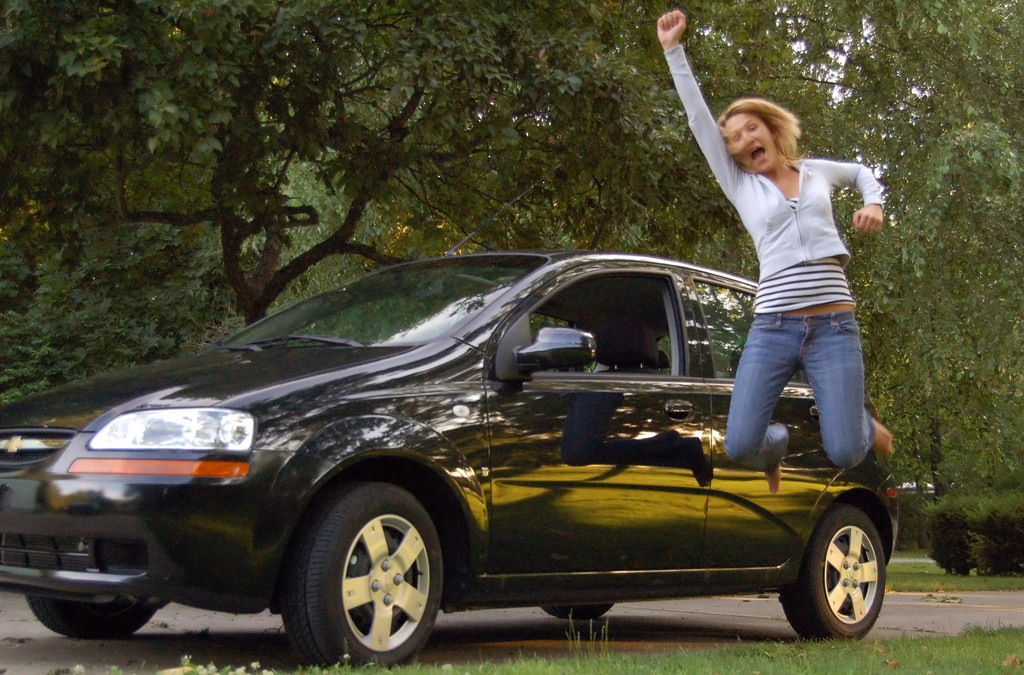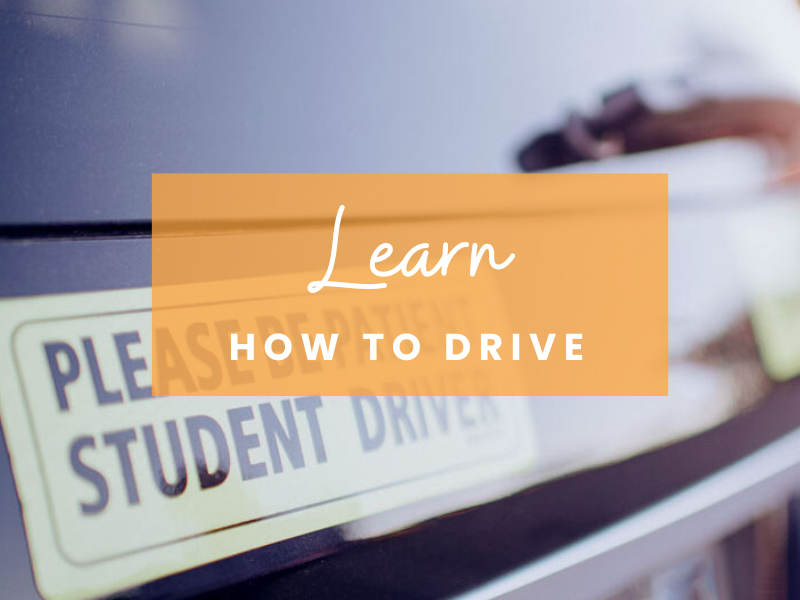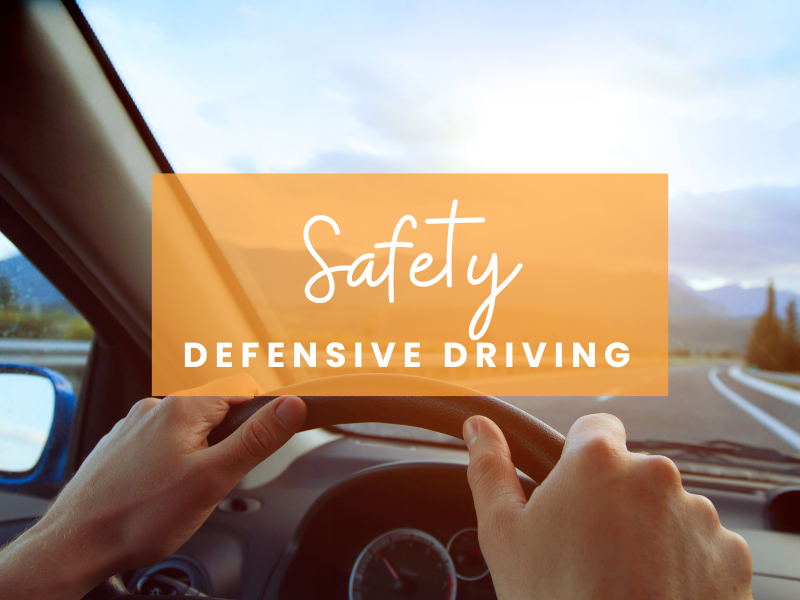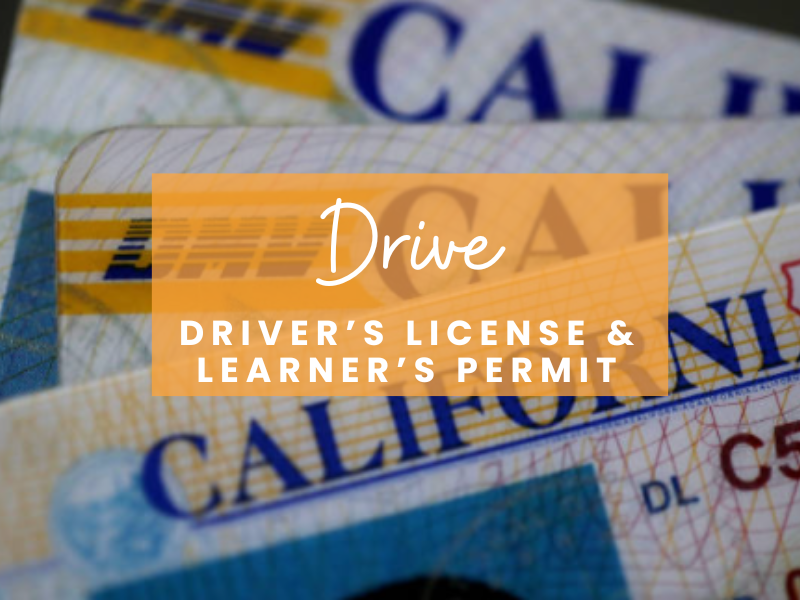Written by | Doreen Almirol | 20+ Years CA DMV Licensed Driving Instructor
As a parent, choosing the right car for your teenager is a significant decision that goes beyond style and budget. Safety should be the top priority when selecting a vehicle for a new driver.
In this article, we’ll explore key factors to consider when shopping for a car for your teen and highlight some of the safest car brands based on statistics and citations.
Key Factors to Consider
1 | Crash Test Ratings
When it comes to evaluating the safety of a car, crash test ratings are paramount. Organizations such as the National Highway Traffic Safety Administration (NHTSA) and the Insurance Institute for Highway Safety (IIHS) conduct rigorous crash tests on various models to assess their safety performance. Look for cars with high ratings in frontal, side, and rollover crash tests.
2 | Electronic Stability Control (ESC)
ESC is a crucial safety feature that helps prevent skidding and loss of control. According to the IIHS, vehicles equipped with ESC have significantly lower crash rates. When shopping for a car for your teen, prioritize models that come standard with ESC.
3 | Size Matters
While compact cars may be fuel-efficient, larger vehicles tend to offer better protection in crashes. SUVs and midsize sedans often perform well in crash tests and provide a more substantial buffer in the event of an accident. However, it’s essential to strike a balance, as very large vehicles can be challenging for new drivers to maneuver.
4 | Advanced Driver Assistance Systems (ADAS)
Modern technology has introduced a range of advanced safety features designed to assist drivers and reduce the likelihood of accidents. Look for cars equipped with features such as forward-collision warning, automatic emergency braking, lane departure warning, and blind-spot monitoring. These technologies can be invaluable for new drivers who are still developing their skills.
5 | Reliability and Maintenance Costs
In addition to safety features, consider the overall reliability of the car and its maintenance costs. A reliable vehicle is less likely to break down, ensuring your teen’s safety on the road. Research the average maintenance costs for the models you’re considering to avoid unexpected financial burdens.
Safest Car Brand for Teens
Several car manufacturers consistently prioritize safety in their vehicle designs. According to the IIHS, some of the safest car brands include:
- Volvo | Renowned for its commitment to safety innovation, Volvo consistently produces vehicles with high crash test ratings.
- Subaru | Subaru vehicles often come equipped with standard all-wheel drive and advanced safety features, contributing to their excellent safety record.
- Honda | Honda models frequently receive high safety ratings and offer a range of safety features, making them a reliable choice for teen drivers.
- Toyota | Known for producing durable and reliable cars, Toyota vehicles also boast advanced safety technology.
Car Safety: Drive with Confidence
Choosing a car for your teen is a critical decision that requires careful consideration of safety features, crash test ratings, and overall reliability. By prioritizing these factors and considering reputable brands known for their commitment to safety, you can help ensure that your teenager is driving a vehicle that provides the best protection on the road.
Remember to stay informed about the latest safety advancements and regularly check for updates from organizations like the NHTSA and IIHS to make well-informed decisions for your teen’s safety.




